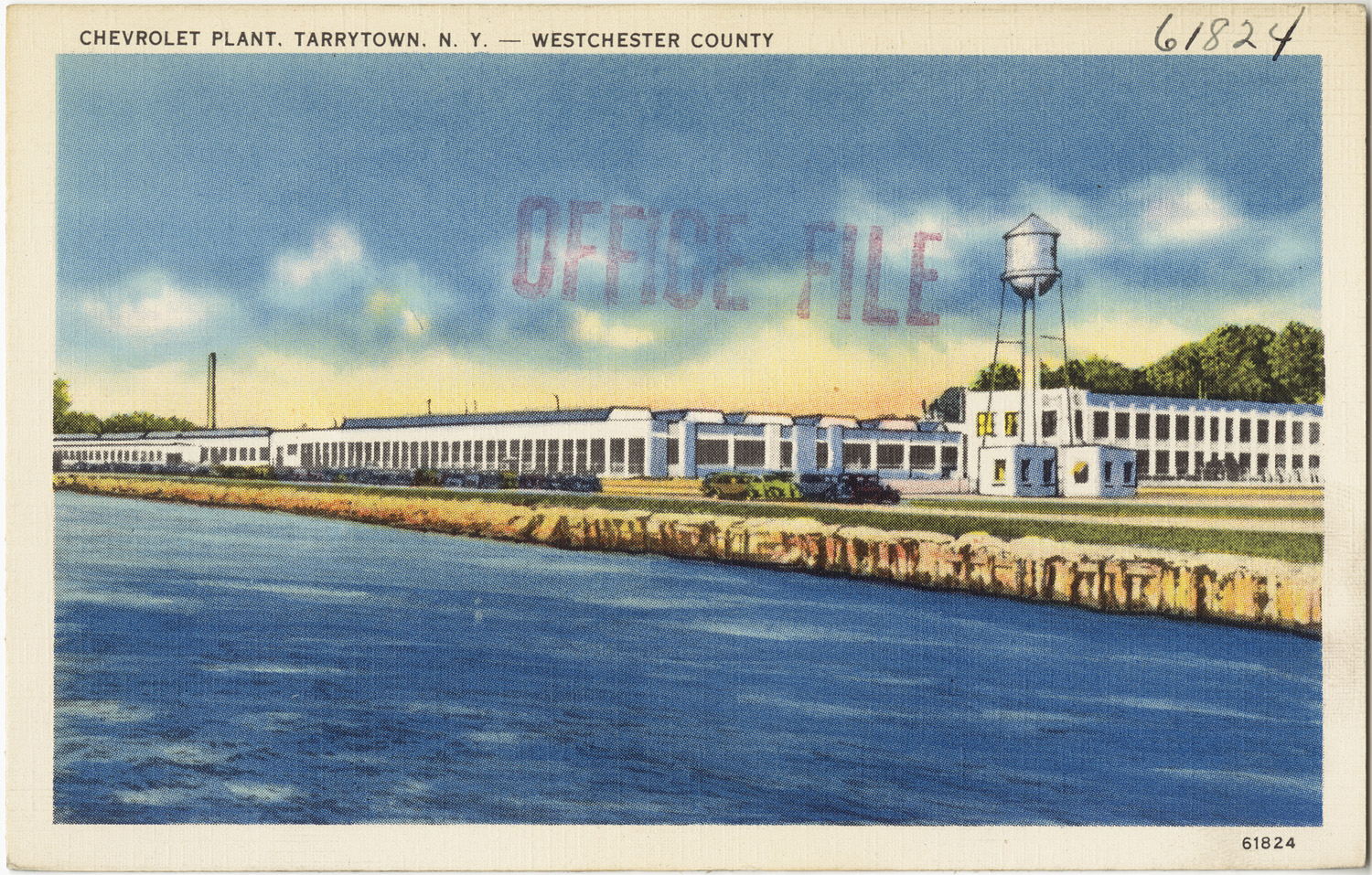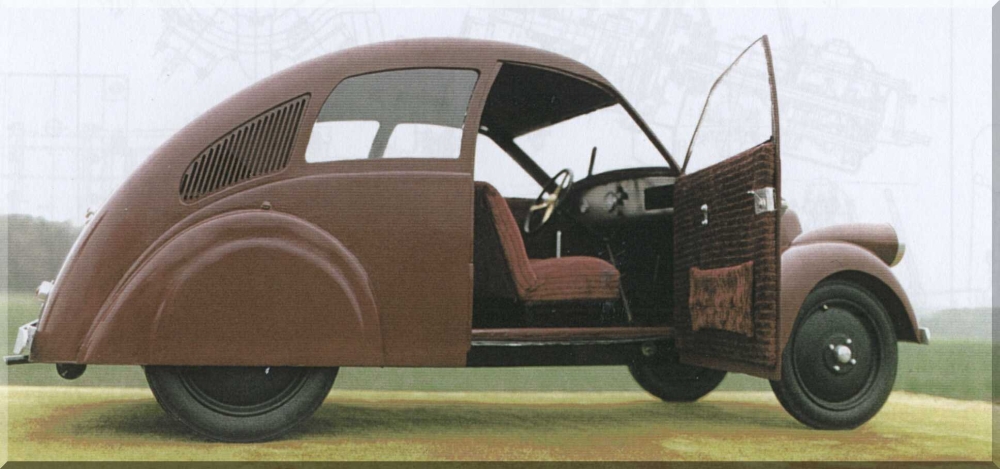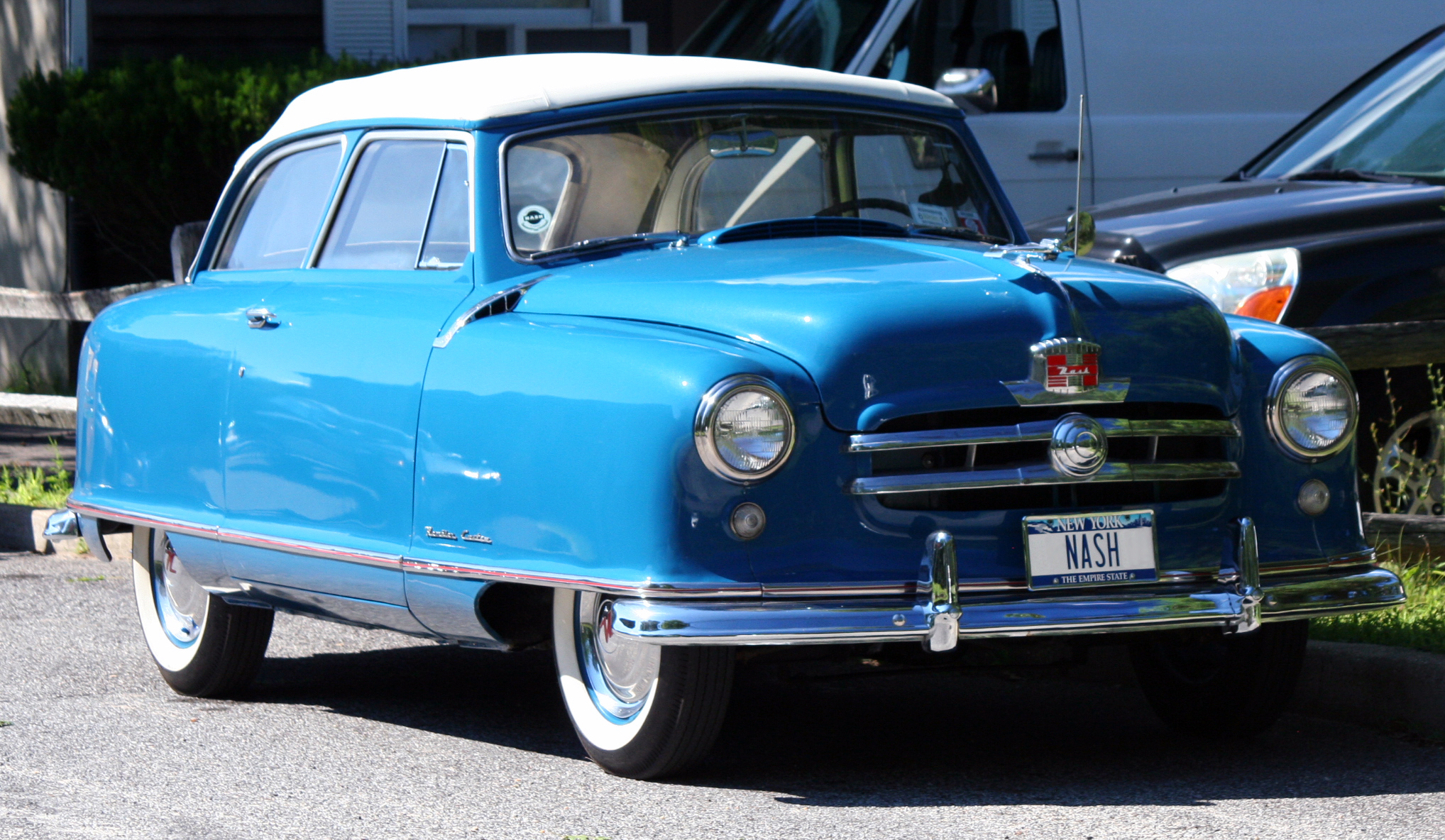|
Chevy Corvair
The Chevrolet Corvair is a compact car manufactured by Chevrolet for model years 1960–1969 in two generations. A response to the Volkswagen Beetle, it remains the only American-designed, mass-produced passenger car with a Rear-engine design, rear-mounted, Chevrolet Turbo-Air 6 engine, air-cooled engine. The Corvair was manufactured and marketed in 4-door sedan, 2-door coupe, convertible, 4-door station wagon, passenger van, commercial van, and pickup truck body styles in its first generation (1960–1964) and as a 2-door coupe, convertible or 4-door hardtop in its second (1965–1969) – with a total production of approximately 1.8 million from 1960 until 1969. The name "Corvair" originated as a portmanteau of Chevrolet Corvette, Corvette and Chevrolet Bel Air, Bel Air, a name first applied in 1954 to a Corvette-based concept with a hardtop fastback-styled roof, part of the General Motors Motorama, Motorama traveling exhibition. When applied to the production models, th ... [...More Info...] [...Related Items...] OR: [Wikipedia] [Google] [Baidu] |
Chevrolet
Chevrolet ( ), colloquially referred to as Chevy and formally the Chevrolet Motor Division of General Motors Company, is an American automobile division of the American manufacturer General Motors (GM). Louis Chevrolet (1878–1941) and ousted General Motors founder William C. Durant (1861–1947) started the company on November 3, 1911 as the Chevrolet Motor Car Company. Durant used the Chevrolet Motor Car Company to acquire a controlling stake in General Motors with a reverse merger occurring on May 2, 1918, and propelled himself back to the GM presidency. After Durant's second ousting in 1919, Alfred Sloan, with his maxim "a car for every purse and purpose", would pick the Chevrolet brand to become the volume leader in the General Motors family, selling mainstream vehicles to compete with Henry Ford's Model T in 1919 and overtaking Ford as the best-selling car in the United States by 1929 with the Chevrolet International. Chevrolet-branded vehicles are sold in most autom ... [...More Info...] [...Related Items...] OR: [Wikipedia] [Google] [Baidu] |
Oshawa Car Assembly
Oshawa Assembly (also known simply as ''GM Oshawa'') is a manufacturing facility in the city of Oshawa, Ontario, Canada, that built various automobiles for General Motors Canada. Vehicles were primarily produced for the US, Canadian, and Mexican markets, but they also built exports for various countries around the world, particularly South America and the Middle East. Historically the Oshawa plant was the source of all right-hand-drive market GM exports with complete vehicles or knock-down kits shipped to Australia, New Zealand, South Africa, and the United Kingdom until the end of the 1960s. At one time, the factory was one of the largest auto manufacturing facilities in the world, with two car assembly plants, a truck assembly plant, as well as parts production including Harrison radiators, AC Delco batteries (for both GM and other vehicle manufacturers) and American Axle. Between 1999 and 2019, it had won more quality and productivity awards than any other GM plant. The pla ... [...More Info...] [...Related Items...] OR: [Wikipedia] [Google] [Baidu] |
Portmanteau
A portmanteau word, or portmanteau (, ) is a blend of wordsGarner's Modern American Usage , p. 644. in which parts of multiple words are combined into a new word, as in ''smog'', coined by blending ''smoke'' and ''fog'', or ''motel'', from ''motor'' and ''hotel''. In , a portmanteau is a single morph that is analyzed as representing two (or more) underlying s. When portmanteaus shorten es ... [...More Info...] [...Related Items...] OR: [Wikipedia] [Google] [Baidu] |
Chevrolet Turbo-Air 6 Engine
The Chevrolet Turbo-Air 6 is a flat-six air-cooled automobile engine developed by General Motors (GM) in the late 1950s for use in the rear-engined Chevrolet Corvair of the 1960s. It was used in the entire Corvair line, as well as a wide variety of other applications. The engine's use of air-cooling made it appealing to aircraft amateur builders, and small volume engine builders established a cottage industry modifying Corvair engines for aircraft. History Ed Cole, Chief Engineer for Chevrolet from 1952 to 1956 and Chevrolet General Manager from 1956 to 1961, was the person primarily responsible for getting the Corvair and its engine into production. Cole's experience with rear-engined vehicles began during his time as chief design engineer of light tanks and combat vehicles for Cadillac during World War II. He designed powertrains for the M24 Chaffee light tank and M5 Stuart tank, the latter of which used two rear-mounted Cadillac V8 engines driving through Hydramatic transmiss ... [...More Info...] [...Related Items...] OR: [Wikipedia] [Google] [Baidu] |
Rear-engine Design
In automobile design, a rear-engine design layout places the engine at the rear of the vehicle. The center of gravity of the engine itself is behind the rear axle. This is not to be confused with the center of gravity of the whole vehicle, as an imbalance of such proportions would make it impossible to keep the front wheels on the ground. Rear-engined vehicles almost always have a rear-wheel drive car layout, but some are four wheel drive. This layout has the following features: *Packaging: since there is no need for a transmission tunnel, the floor can be flat. *Rear traction: having the engine located over the driven wheels increases downward pressure, which is helpful for grip on loose surfaces, although can be prone to oversteer. *Simplicity of manufacture: the engine is near the driven wheels, and the transmission can be merged with the differential to save space. This layout was once popular in small, inexpensive cars and light commercial vehicles. Today most car makers have ... [...More Info...] [...Related Items...] OR: [Wikipedia] [Google] [Baidu] |
Volkswagen Beetle
The Volkswagen Beetle—officially the Volkswagen Type 1, informally in German (meaning "beetle"), in parts of the English-speaking world the Bug, and known by many other nicknames in other languages—is a two-door, rear-engine economy car, intended for five occupants (later, Beetles were restricted to four people in some countries), that was manufactured and marketed by German automaker Volkswagen (VW) from 1938 until 2003. The need for a ''people's car'' ( in German), its concept and its functional objectives were formulated by the leader of Nazi Germany, Adolf Hitler, who wanted a cheap, simple car to be mass-produced for his country's new road network (Reichsautobahn). Members of the National Socialist party, with an additional dues surcharge, were promised the first production, but the Spanish Civil War shifted most production resources to military vehicles to support the Nationalists under Francisco Franco. Lead engineer Ferdinand Porsche and his team took until 1938 ... [...More Info...] [...Related Items...] OR: [Wikipedia] [Google] [Baidu] |
Model Year
The model year (sometimes abbreviated "MY") is a method of describing the version of a product which has been produced over multiple years. The model year may or may not be the same as the calendar year in which the product was manufactured. Automobiles United States and Canada Automobiles in the United States and Canada are identified and regulated by model year, whereas other markets use production date (month/year) to identify specific vehicles, and model codes in place of the "year" (model year) in the North American make-model-year identifier. In technical documents generated within the auto industry and its regulating agencies such as the U.S. National Highway Traffic Safety Administration and United States Environmental Protection Agency and Transport Canada and Environment Canada, the letters "MY" often precede the year (as in "MY2019" or "MY93"). Even without this prefix, however, in the North American context it is usually the model year rather than the vehicle' ... [...More Info...] [...Related Items...] OR: [Wikipedia] [Google] [Baidu] |
Compact Car
Compact car is a vehicle size class — predominantly used in North America — that sits between subcompact cars and mid-size cars. "Small family car" is a British term and a part of the C-segment in the European car classification. However, prior to the downsizing of the United States car industry in the 1970s and 1980s, larger vehicles with wheelbases up to were considered "compact cars" in the United States. In Japan, small size passenger vehicle is a registration category that sits between kei cars and regular cars, based on overall size and engine displacement limits. United States Current definition The United States Environmental Protection Agency (EPA) ''Fuel Economy Regulations for 1977 and Later Model Year'' (dated July 1996) includes definitions for classes of automobiles. Based on the combined passenger and cargo volume, compact cars are defined as having an ''interior volume index'' of . 1930s to 1950s The beginnings of U.S. production of compact cars we ... [...More Info...] [...Related Items...] OR: [Wikipedia] [Google] [Baidu] |
Rear-engine, Rear-wheel-drive Layout
In automotive design, an RR, or rear-engine, rear-wheel-drive layout places both the engine and drive wheels at the rear of the vehicle. In contrast to the RMR layout, the center of mass of the engine is between the rear axle and the rear bumper. Although very common in transit buses and coaches due to the elimination of the drive shaft with low-floor buses, this layout has become increasingly rare in passenger cars. Overview Most of the traits of the RR configuration are shared with the mid-engine rear-wheel-drive, or MR. Placing the engine near the driven rear wheels allows for a physically smaller, lighter, less complex, and more efficient drivetrain, since there is no need for a driveshaft, and the differential can be integrated with the transmission, commonly referred to as a transaxle. The front-engine front-wheel-drive layout also has this advantage. Since the engine is typically the heaviest component of the car, putting it near the rear axle usually results in more ... [...More Info...] [...Related Items...] OR: [Wikipedia] [Google] [Baidu] |
Chevrolet Vega
The Chevrolet Vega is a Subcompact car, subcompact automobile that was manufactured and marketed by General Motors, GM's Chevrolet subdivision from 1970 to 1977. Available in two-door hatchback, notchback, station wagon, wagon, and sedan delivery body styles, all models were powered by an inline-four engine, inline four-cylinder engine with a lightweight, aluminum alloy cylinder block. The Vega first went on sale in Chevrolet dealerships on September 10, 1970. Variants included the Chevrolet Cosworth Vega, Cosworth Vega, a short-lived limited-production performance model, introduced in the spring of 1975. The Vega received praise and awards at its introduction, including 1971 Motor Trend Car of the Year, ''Motor Trend'' Car of the Year. Subsequently, the car became widely known for a range of problems related to its engineering, reliability, safety, propensity to rust, and engine durability. Despite a series of Product recall, recalls and design upgrades, the Vega's problems ta ... [...More Info...] [...Related Items...] OR: [Wikipedia] [Google] [Baidu] |
Compact Car
Compact car is a vehicle size class — predominantly used in North America — that sits between subcompact cars and mid-size cars. "Small family car" is a British term and a part of the C-segment in the European car classification. However, prior to the downsizing of the United States car industry in the 1970s and 1980s, larger vehicles with wheelbases up to were considered "compact cars" in the United States. In Japan, small size passenger vehicle is a registration category that sits between kei cars and regular cars, based on overall size and engine displacement limits. United States Current definition The United States Environmental Protection Agency (EPA) ''Fuel Economy Regulations for 1977 and Later Model Year'' (dated July 1996) includes definitions for classes of automobiles. Based on the combined passenger and cargo volume, compact cars are defined as having an ''interior volume index'' of . 1930s to 1950s The beginnings of U.S. production of compact cars we ... [...More Info...] [...Related Items...] OR: [Wikipedia] [Google] [Baidu] |
Venezuela
Venezuela (; ), officially the Bolivarian Republic of Venezuela ( es, link=no, República Bolivariana de Venezuela), is a country on the northern coast of South America, consisting of a continental landmass and many islands and islets in the Caribbean Sea. It has a territorial extension of , and its population was estimated at 29 million in 2022. The capital and largest urban agglomeration is the city of Caracas. The continental territory is bordered on the north by the Caribbean Sea and the Atlantic Ocean, on the west by Colombia, Brazil on the south, Trinidad and Tobago to the north-east and on the east by Guyana. The Venezuelan government maintains a claim against Guyana to Guayana Esequiba. Venezuela is a federal presidential republic consisting of 23 states, the Capital District and federal dependencies covering Venezuela's offshore islands. Venezuela is among the most urbanized countries in Latin America; the vast majority of Venezuelans live in the cities of the n ... [...More Info...] [...Related Items...] OR: [Wikipedia] [Google] [Baidu] |


.jpg)






